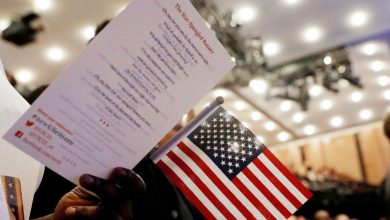Director of the Botanical Survey of India, AA Mao, stated the majority of the 4,000 cyber-attacks on the organization’s website looked to originate in China.
Over the last two months, there have been 4,000 cyber-attacks on the web page of the government-funded Botanical Survey of India (BSI), the country’s premier plant taxonomic organization, a significant increase from the less than ten attacks in a month prior to the organization digitizing its extensive repository in September, a top BSI official said on Wednesday.

To be certain, cyber-attacks were thwarted. AA is the director of BSI. According to Mao, the majority of assaults seem to originate in China and a few other Asian nations. “Previously, we were seldom confronted with cyber-attack efforts. However, since we digitized all of the precious material contained in our centuries-old archive, such assaults have increased severalfold. The majority of the assaults originated in China,” the head of the BSI told HT.
In September, the BSI, the country’s greatest repository of nearly a century of textile patterns, natural dyes, and plant drawings, completed the digital archiving of all its collections to date. India is the second Asian nation, after China, to make its vast collection of type specimens publicly accessible (original specimens collected by scientists and stored in BSI).
[ Also Read: Financial Strain Forced Children Out Of Private Schools ]
The BSI collection seems to have attracted hackers due to its initial set of 15 volumes containing pieces of fabrics colored with Indian Dyes by nineteenth-century British industrialist Thomas Wardle. It contains information on 4,100 dye patterns produced from 64 plants and shows Indian dying customs. Wardle assembled the collection in the nineteenth century and it is regarded as one of the most thorough and full documentation,” the BSI official said.
Additionally, the collection comprises 18 volumes of textile designs with 1,700 examples, including turbans, sarees, dhotis, trouser, carpet, mosquito curtain, coat, shawl, tent fabric, gowns, and even saddle cloths, gathered between 1866 and 1874 by John Forbes Watson.
Additionally, the BSI has digitized the original collection of 2,532 plant drawings created by William Roxburgh, a Scottish botanist and doctor dubbed the ‘Father of Indian Botany.’ “India is the second nation, after the United Kingdom, to make Roxburgh’s artwork publicly available. The archives’ digitized materials are the most precise method of documenting natural samples and are also the easiest to keep and transfer. Apart from the Roxburgh paintings, there are 3,280 life-size botanical works of art by Indian painters,” BSI director Mao said.




